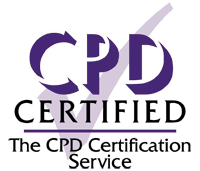1 July 2022
| Kevin J Munro (Prof), Michael A Akeroyd (Prof), Judith Bird
Leader, teacher, mentor, scientist, clinician, patient advocate and man of faith: we will not see his like again. The sudden and tragic death of David (Dave) Baguley has left a gap within the national and international audiology and hearing science...

